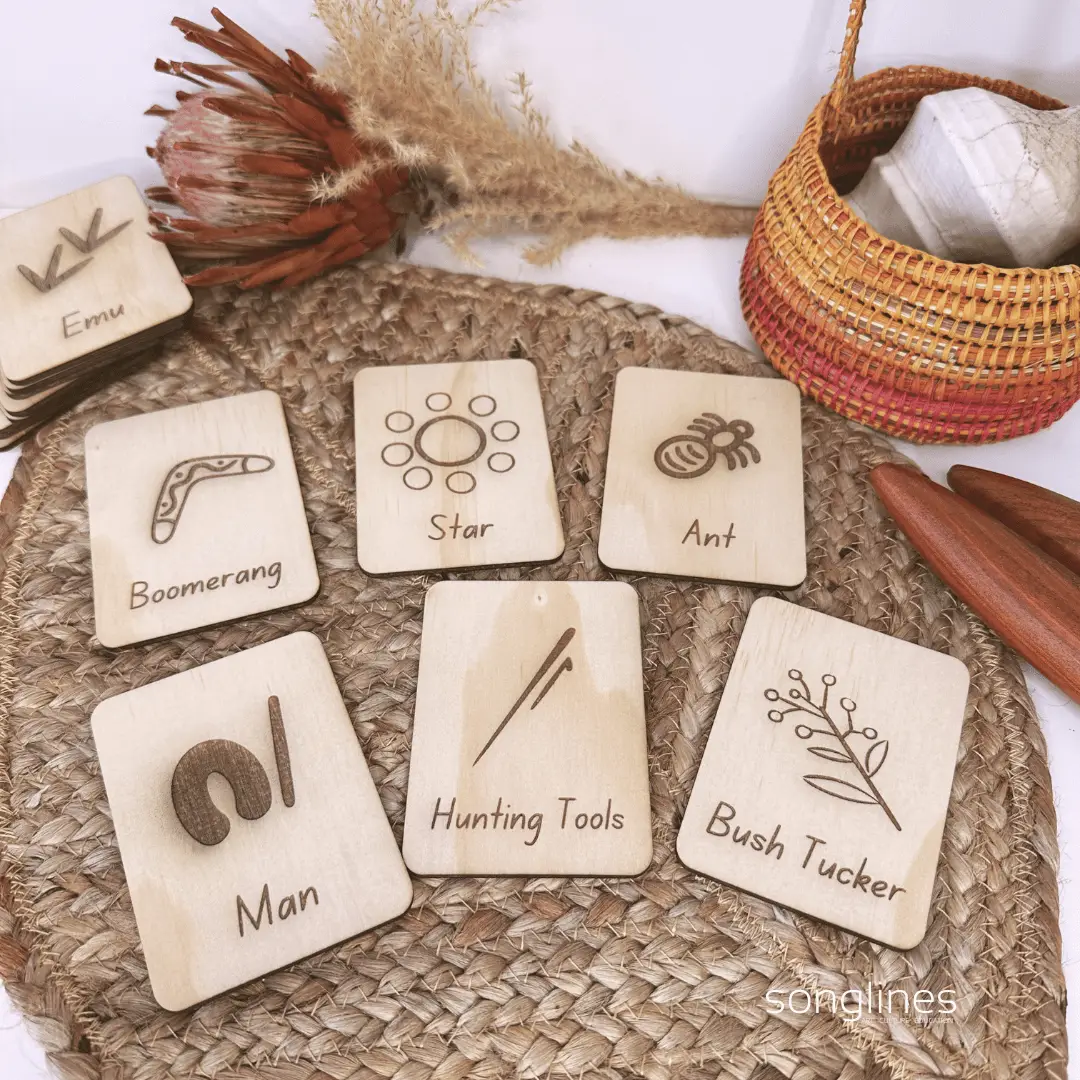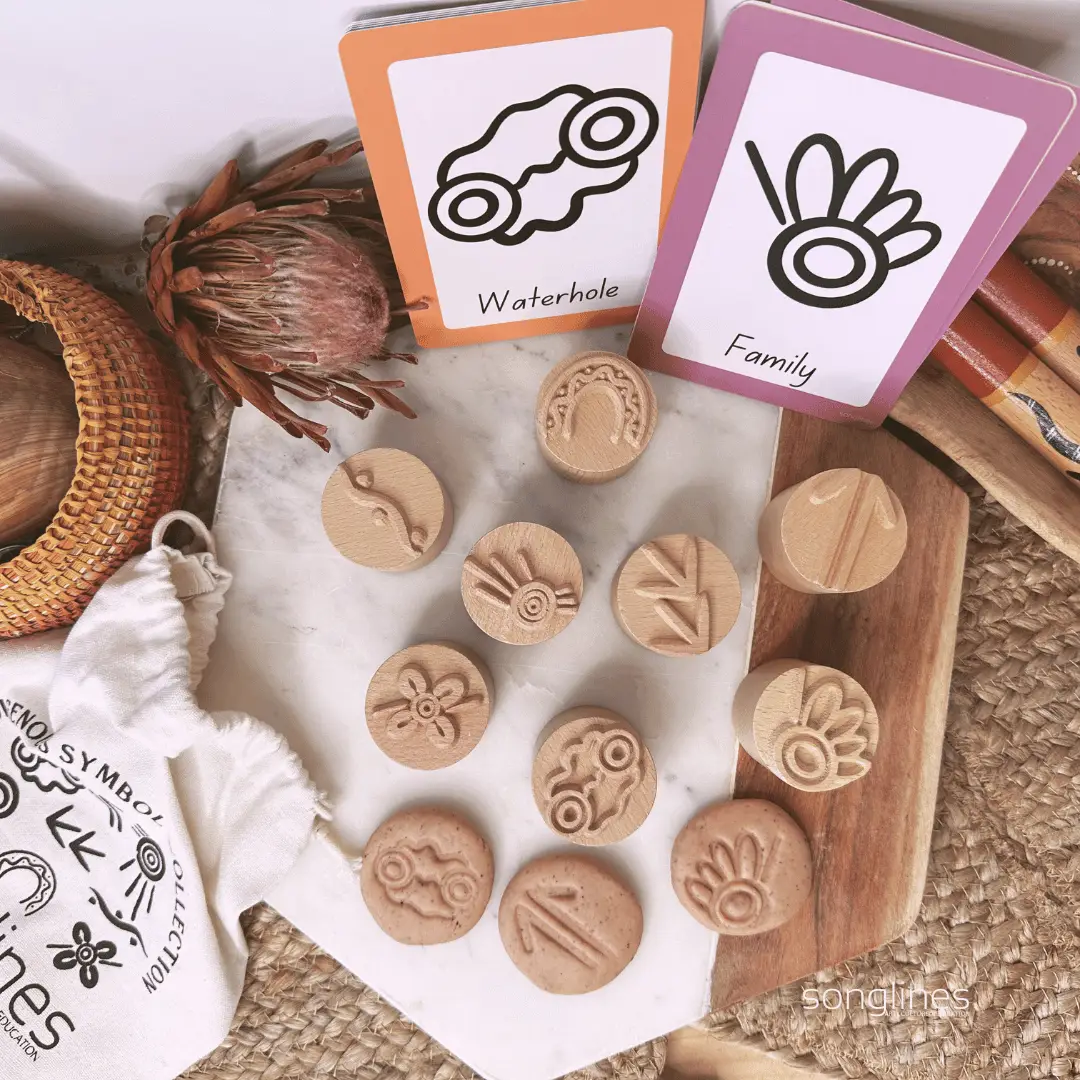
Since tens of thousands of years ago, Indigenous Australians have used natural plants for food, medicine, ceremonies, and general health. Many of these plants are being used today in traditional medicine and as food sources, and this knowledge has been passed down from generation to generation. Numerous Indigenous plants are employed for this purpose, and each Aboriginal language typically has its unique names for these plants.
Cooking is one of the best methods to teach and let children discover how First Nations people used plants. Cooking with native plants gives us the chance to discover the smells, tastes, and cultural significance of these magnificent plants, in addition to learning about their traditional uses. One of the finest methods to learn is through the senses, especially for young learners. One of the best methods to give knowledge a story and context while also allowing the child’s senses to take in and explore is through cooking. While cooking, one can experiment with a variety of ideas, including mathematics, language, sensory exploration, and even social skills.



In this activity, we make biscuits while learning about lemon myrtle. We utilised dried and crushed Lemon Myrtle leaves that have the aroma and flavour of lemon, lime, and lemongrass. This plant can be found growing in the wild alongside highways or close to beaches in various tropical and subtropical regions of Australia. Lemon myrtle oil is known for its antibacterial and antifungal characteristics and is used in a variety of personal care products, including soaps, lotions, and hair care products. It can also be used in diffusers and in playdough. If you are located on Australia’s Eat Coast, why not add one to your garden, learn more about growing Lemon Myrtle here.
We used Indigiearth Ground Lemon Myrtle in this recipe. A variety of Indigenous herbs and spices are available from Indigiearth, such as Cinnamon Myrtle, Roasted Wattle Seeds, and Strawberry Gum (which will soon be the flavour of our next biscuit). Indigiearth produces luxury native foods, beverages, confectionery, and more using genuine Australian native resources that are ethically sourced and sustainably farmed. Indigiearth was founded by Sharon Winsor, a Ngemba Weilwan lady from Western NSW. As a prominent NSW Indigenous company with experience and expertise in bush food, Indigiearth, Sharon is enthusiastic about introducing people to Aboriginal culture and heritage through native foods. Visit her website to see her incredible products and to plan your next native-tasting adventure.
You may learn about and use Indigenous symbols in your cookery by using the Japily Symbol Stamps. Making cookies with flavours from local plants and traditional Aboriginal symbols enables for in-depth discussions about First Nations knowledge and culture with children. Children can continue those dialogues at home by taking some symbol biscuits home with them.



Check to discover if Lemon Myrtle has a name in the region before facilitating the learning experience. Contacting the Aboriginal Land Council, an Aboriginal corporation, or an Elder in your community is an excellent place to start. As an alternative, you can utilise the Japily Collection’s Lemon Myrtle Information flash card to have a conversation with children about the plant’s characteristics and traditional applications.
Lemon Myrtle Symbol Biscuits
Makes: 15 biscuits (approx.)
Ingredients:
Method:
Tip – dust stamp with flour to minimise dough sticking to stamp
The Japily Symbol stamps that you provide with your Lemon Myrtle biscuits give children the chance to interact with and start to comprehend the sophisticated knowledge systems and modes of communication that First Nations people have created and utilise.
Recipe adapted from My Diaspora Kitchen



Sign up to be the first to know about new products and blog posts and get exclusive discount codes.

We acknowledge and pay our respects to the Minjungbal People of the Bundjalung Nation, the Traditional Custodians of the beautiful land and waterways on which we live and work.
Always was. Always will be Aboriginal land.
Copyright © Songlines Art, Culture, Education.
We acknowledge and pay our respects to the people of the Bundjalung Nation, the Traditional Custodians of the beautiful land and waterways on which we live and work.
Always was. Always will be Aboriginal land.
